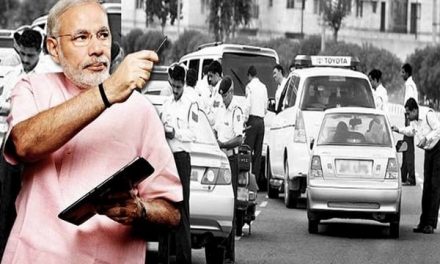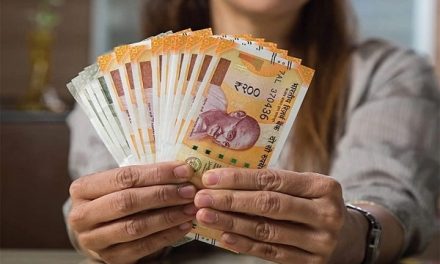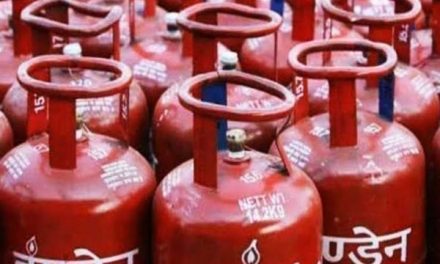RBI cuts Repo Rate: The Monetary Policy Committee (MPC) of the Reserve Bank of India (RBI) in its third bi-monthly Monetary Policy Statement for 2019-20 cut the repo rate by 0.35 per cent on Wednesday. This is the fourth rate cut announced in 2019 after which the repo rate now stands at 5.40 per cent.
Repo rate is the rate of interest at which the banks borrow money from the RBI. As and when the RBI cuts the repo rate, there is money available with banks at a lesser cost and this, in turn, helps keep the lending rates low. A measure of bank’s cost of fund is MCLR( Marginal Cost of Funds based Lending Rate). In simple terms ( with other factors constant), a repo rate cut by RBI will mean MCLR of bank falling which in turn leads to low home loan interest rate and vice versa.
The RBI had already cut the rate by 75 basis points in the calendar year 2019 and hence taking today’s rate cut into account, the repo rate is down by 1.10 per cent since January 2019. However, unless small savings interest rate fall and thereby banks reduce their fixed deposit interest rates, the pressure on the banks to reduce their lending rates by a sizeable margin will remain. It remains to be seen by when the home loan and car loan borrowers start to rejoice.
RBI cuts Repo Rate : Impact of 1% fall in HOME LOAN Interest Rate
- At a home loan rate of 9%, the EMI on Rs 1 lakh loan for 15 years comes to Rs 1,014.
- If the rate falls up by 100 basis points i.e. 1%, the EMI becomes Rs 956. A difference of Rs 58 or about 6% fall!
- On a Rs 30-lakh loan, a 1% fall translates into a monthly saving on EMIs of about Rs 1758.
- On a Rs 50 lakh, the total interest paid over 15 years at 9% and 8% will be Rs 41.28 lakh and Rs 36 lakh respectively, almost Rs 5 lakh less of interest.
This shows, paying even a one per cent lower rate can save a lot of money for you.
In the case of Bank of Baroda, ( effective 07.07.2019 ) the 1-year MCLR is 8.60 per cent. The effective home loan interest rate will be one-year MCLR plus 1 per cent based on applicants risk rating. Therefore, effective Bank of Baroda home loan interest rate will vary between 8.60 per cent and 9.60 per cent. For HDFC, a housing finance company, the interest rate is linked to its internal benchmark, Retail Prime Lending Rate (RPLR) on which it announced a cut of 10 basis points effective August 1, 2019.
-
- Since April 2016, all loans sanctioned by banks including car loans and home loans are linked to the bank’s MCLR.
- A lower MCLR will effectively mean a lower interest rate and, thereby, a low-interest burden, other factors remaining constant.
- A cut in bank’s MCLR benefits all car loan and home loans borrowers.
- The MLCR of banks has been falling but at a lesser pace. State Bank of India (SBI) had cut its MCLR by 5 basis points across all tenors with its 1-Year MCLR coming down from 8.45 per cent per annum to 8.40 per cent per annum with effect from 10th July 2019.
“This rate cut will have a direct impact on the real estate sector, provided the banks, in turn, transmit the same by a corresponding reduction in lending rates to those seeking home loans,” says Ramesh Nair, CEO & Country Head, JLL India.
Banks declare MCLR each month but monthly changes in the MCLR is not accounted for in the case of home loans of an existing borrower. MCLR linked home loan interest rate is reset every 12 months ( 6 months for some banks) and hence for a borrower the MCLR of the bank after every 12 months from the date of starting of the home loan matters.
New home loan borrowers can now start exploring home loan options with the banks. Do not merely look at the bank’s MCLR but know the actual home loan interest rate before finalizing the deal. Bank’s are allowed to charge a Mark-Up on the MCLR before disbursing the loan. Finally, make a pre-payment to repay the home loan as soon as possible and own your home with 100 per cent equity of your own.












